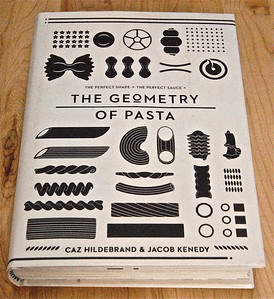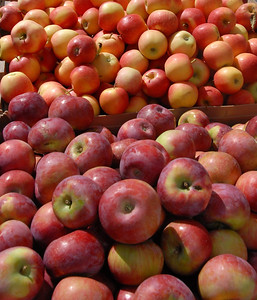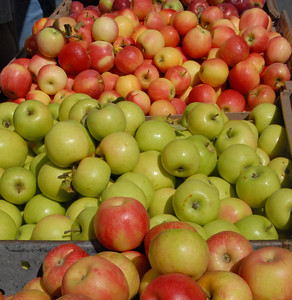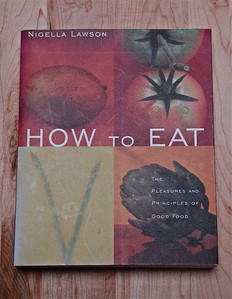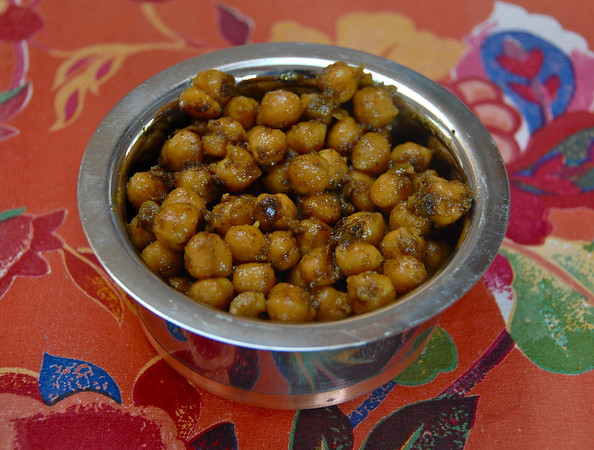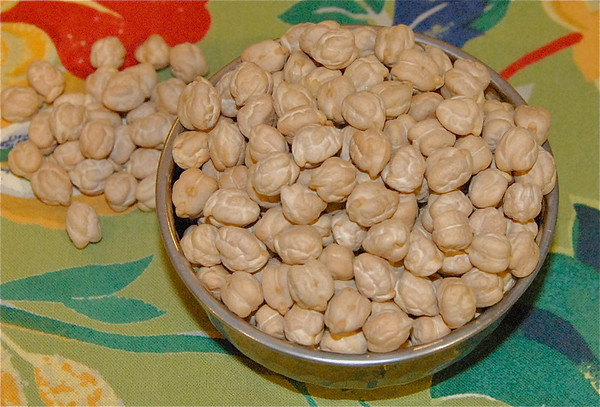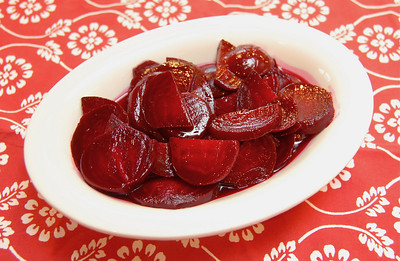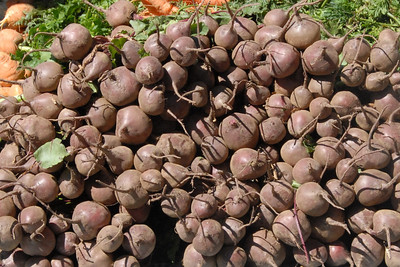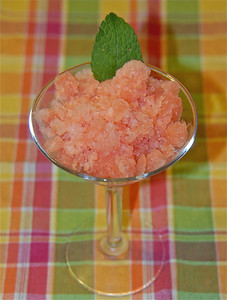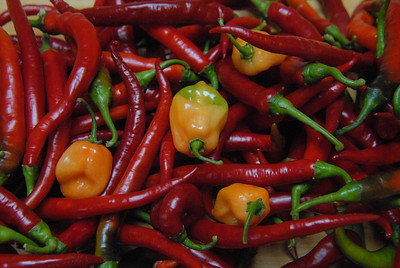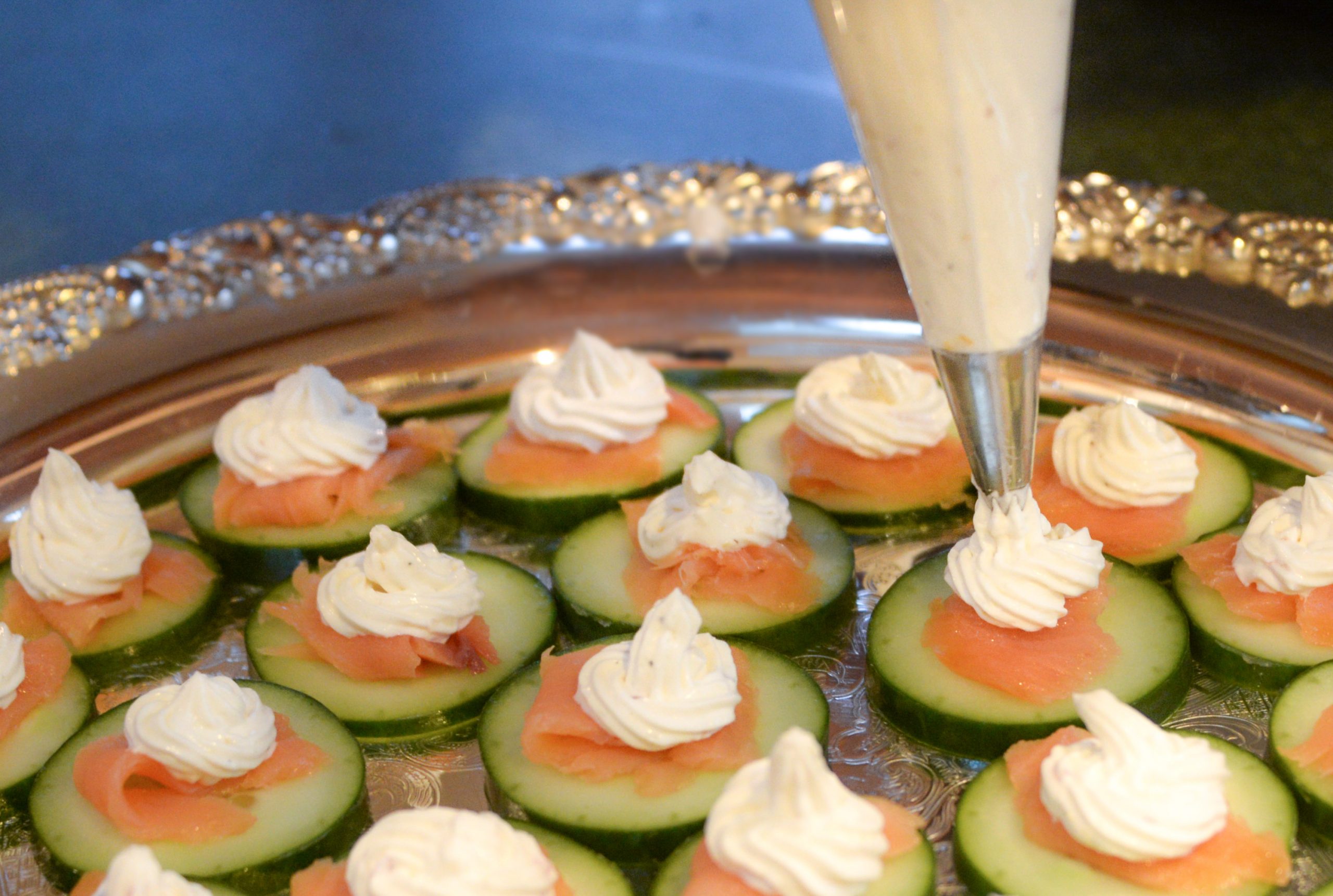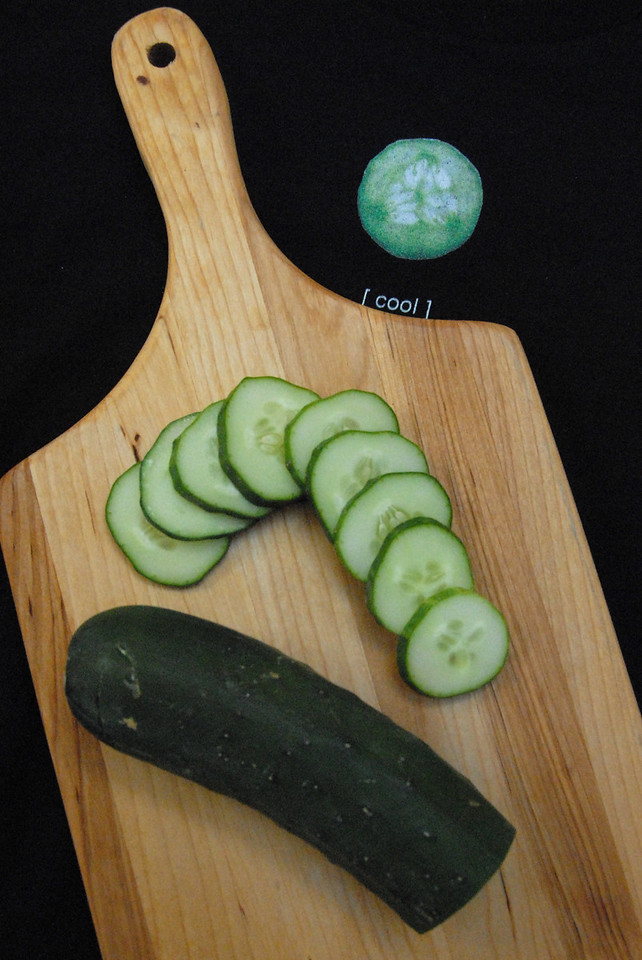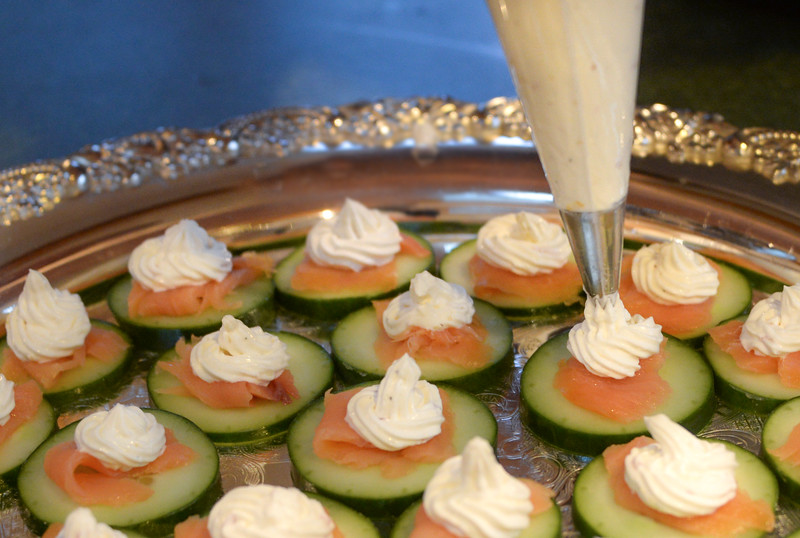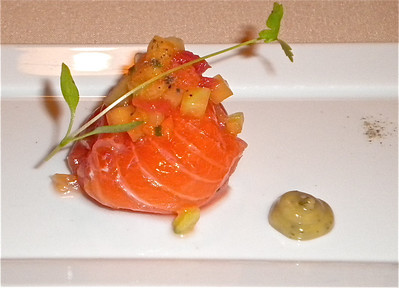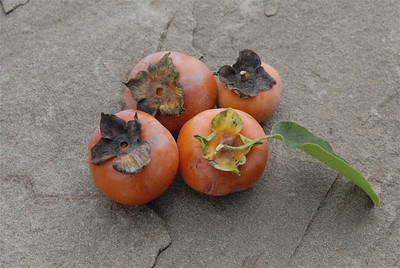
FRESH, RIPE AMERICAN PERSIMMONS
Sometimes we start off on the wrong foot with food. Such was the case with my husband and the pretty, leaf-topped persimmon. One bite of a firm, unripe persimmon and Sean swore never to touch this fall fruit again. Why such a negative reaction? Unless it’s ripe, this small, plump orb tastes as bitter as a harsh astringent.
Persimmons peak in mid-October. By that point they’ve turned a beautiful brilliant orange and taken on a soft texture and honey-apricot flavor. Any picked and eaten before then run the risk of tasting tinny and, in Sean’s case, terrible.
Early settlers learned this invaluable lesson about ripeness from Native Americans. They allowed the fruit to ripen fully and fall from the tree before consuming it. Even with this good example some colonists found out the hard way about young persimmons. In the 17th century Captain John Smith noted that ‘if it be not ripe it will draw a mans mouth awrie with much torment . …” Boy, does that sound familiar!
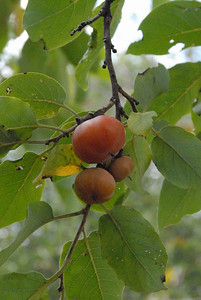
NOT READY-TO-BE-PICKED PERSIMMONS
A good persimmon requires only a quick rinse and removal of its leaves. Depending on how tart the skin tastes, you can either devour the persimmon whole or scoop out the jelly-like flesh and eat it that way. Sliced, it makes a pleasant addition to salads. Pureed with a bit of lemon juice, it becomes a delicious sauce for delicate desserts.
When picking or purchasing persimmons, choose ones that are deep-colored, glossy and heavy for their weight. They should be crack-free and with four green leaves on top. To ripen, leave them uncovered at room temperature or freeze them overnight and then thaw them to remove their astringency. If you can’t eat or bake your persimmons in time, freeze them whole. Otherwise, these tasty treats may be overtaken by fruit flies.
As those pesky fruit flies did attack my persimmon supply, I’ll offer a recipe from the tried and true “Joy of Cooking” (Scribner, 1997).
PERSIMMON BUTTERMILK PUDDING
Serves 8
4 to 6 large, ripe persimmons
4 large eggs
2 1/2 cups buttermilk
4 tablespoons unsalted butter, melted
1 1/2 cups sugar
1 1/2 cups all-purpose flour
1 1/2 teaspoons baking soda
1 1/2 teaspoons baking powder
1/2 teaspoon ground cinnamon
1/2 teaspoon ground nutmeg
1/2 teaspoon salt
Preheat the oven to 400 degrees Fahrenheit. Butter a shallow 3-quart baking dish.
Cut the persimmons in half length-wise. Remove the pits and then scrape the pulp from the skins with a spoon. Puree the pulp in a blender or food processor. If it looks stringy, force it through a sieve with the back of a spoon. Measure 1 1/2 cups persimmon pulp and set aside.
In a large bowl whisk the four eggs. Add the persimmon pulp and whisk and then add the buttermilk and butter and whisk to combine.
In a separate bowl mix together the sugar, flour, baking powder and soda, cinnamon, nutmeg and salt. Add these dry ingrediens to the persimmon mixture and whisk until well blended. Pour the batter into the prepared pan. Bake in a water bath until a toothpick inserted in the center comes out clean, 35 to 45 minutes. Serve warm or cold with whipped cream.
